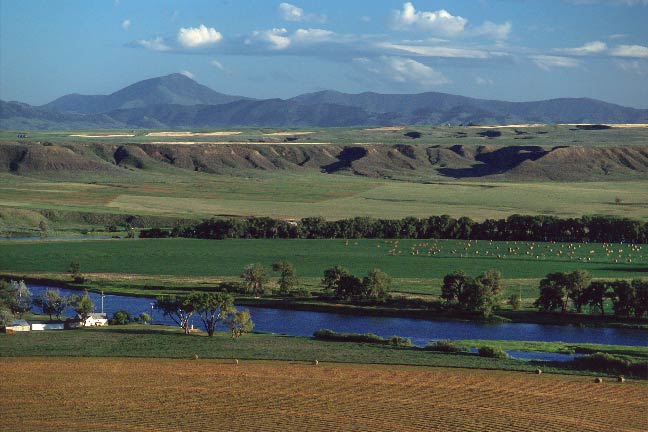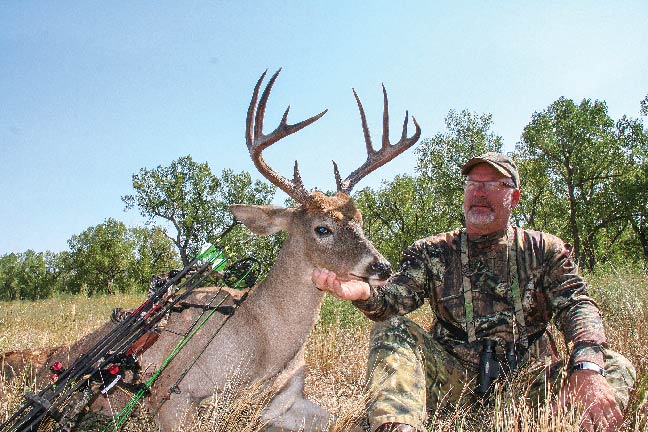The eastern half of Montana is characterized by dry plains, rolling hills and cattle ranches measured in square miles, rather than acres. The region features some of the widest weather extremes of anywhere in the U.S., with 100 degrees common in summer and well-below-zero lows during winter. Oh, and wind: ever-present wind. The joke is that if it ever stopped suddenly, all the cows would tip over.

Western Montana is mountainous and in many areas heavily forested, with a lot of waterways. But eastern Montana is dry country. Thus, if you find the water, you’ll also find whitetails. This barren land is intersected by several rivers large and small, and it’s along those drainages that you’ll find the highest concentrations of game.
The Missouri and Yellowstone are the largest and most well-known rivers in the eastern half of Montana. At least, they’re the most well-known outside the whitetail-hunting world. It’s very possible that the Milk River, a tributary of the Missouri, is the most famous among whitetail enthusiasts. You can thank outdoor television for that.
In addition to the Milk River, eastern Montana has several other tributaries to the Missouri and Yellowstone that don’t get the publicity, but still have the goods. The Powder, Musselshell, Tongue and Bighorn are good examples. And each of these has tributaries of its own. Again, if there’s year-round water, there will be whitetails.
Interestingly, the key to making this all work to your advantage as a hunter is the cows. They must eat, and alfalfa is mostly what they eat. Water from these streams is pumped onto the flat lands bordering these waterways. The result is millions of irrigated acres of lush, green hay fields. And whitetails are secondary beneficiaries.

The sheer numbers of deer is mind boggling. You’ll hear stories of sitting on a hill overlooking a river bottom and counting upwards of 200 deer in simultaneous view from that vantage point. It’s a whitetail hunter’s dream.
Unfortunately, it’s also fertile ground for disease to get some traction and ravage the entire herd. And that’s exactly what happened in northeastern Montana around 2010. Epizootic hemorrhagic disease (EHD) took a huge toll on the Milk River herd, and populations dropped to a fraction of…





